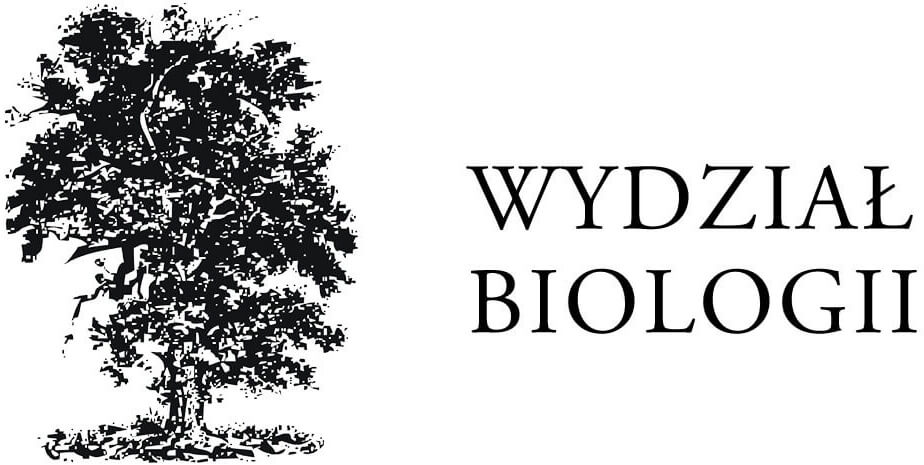Traces of prehistory in our world
Dr Mateusz Tałanda with collaborators
Dr Sergi López-Torres with collaborators
From the oldest lizards to the origins of primates, paleobiological research sheds light on the evolution of vertebrates and the changes that have shaped life on Earth. Scientists from the Faculty of Biology UW are uncovering how fish, amphibians, reptiles, and mammals developed, as well as searching for the origins of traits that distinguish us today.
The first research team focuses on pivotal moments in vertebrate evolution, addressing questions such as why dinosaurs began walking on two legs or how the teeth of our ancestors adapted to chewing hard food. The discovery of the world’s oldest lizards reveals the early beginnings of a group that now includes over 11,000 species. Expeditions in Tunisia, Russia, Greenland, and Poland have led to globally unique findings, particularly in the Silesia and Świętokrzyskie Mountains.
The second team’s research centers on the evolution of primates and their relatives, such as plesiadapiforms, which lived in the extreme conditions of the Arctic Eocene. Analyses of teeth and skulls reveal how these mammals adapted to climate and dietary changes, providing valuable insights into brain evolution and adaptation history. Reconstructions of the brains of ancient lorises and lagomorphs represent a breakthrough in studies on the evolution of primates and their ancestors, illustrating how organisms responded to drastic environmental changes.
MODERN APPLICATIONS:
Paleobiology supports education, offers insights into how organisms adapt to climate change, promotes natural heritage, and contributes to regional revitalization, inspiring future generations to explore the history of life on Earth.
FIGURE CAPTIONS:
Top: Dr. Mateusz Tałanda at a research site, working on the excavation of a large herbivore humerus.
Bottom: Mioeuoticus, an ancient loris. Illustration by Jakub Zalewski.
